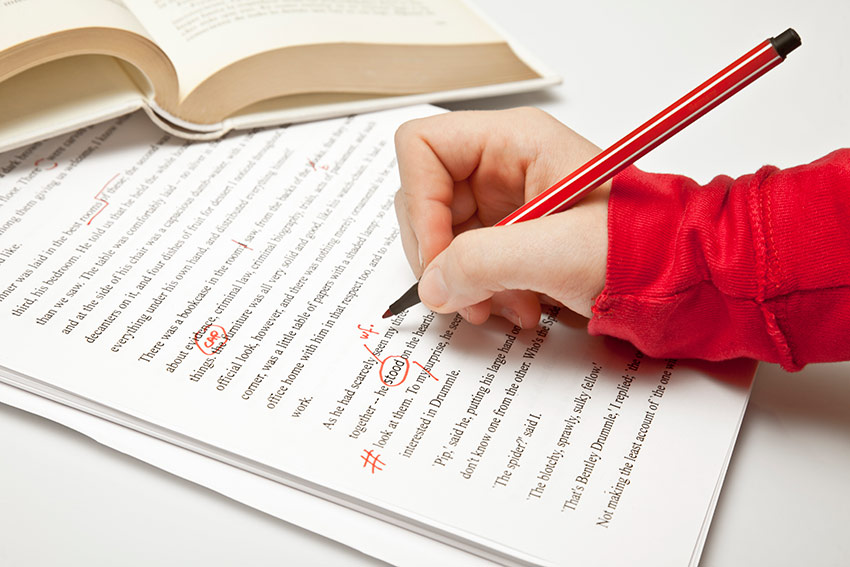By Stephanie Stevens

Copy editors are well known for their eye for detail and exactness in following the rules of grammar, but even they make mistakes. UC San Diego Extension copyediting instructors Lourdes Venard and Christine Steele have shared their top ten list of copyediting mistakes (made by copy editors) to help us all stay on track.
- Homonyms, or words that sound alike but have different meanings, provide ample opportunity for a common mistake such as mixing up stationery/stationary and insure/ensure/assure. Homonyms are a great example of where a copy editor should catch errors that spell check will not.
- Speaking of spell check, make sure to run it to help catch easy-to-miss mistakes, but don’t trust it to catch everything. It’s often incorrect and will highlight words that are correctly spelled (particularly when using Word).
- Omitting a comma after a year in mid-sentence, for example: On February 13, 2020, I celebrated Galentine’s Day.
- Make sure to capitalize words that are trademarked. For example, it is Band-Aid (a trademark of Johnson & Johnson) and not band-aid.
- When editing someone else’s work, don’t make assumptions and change the text. If something is unclear, it is always best to ask the author, rather than assuming what the author meant and inserting an error.
- Be sure that you’re using the correct gender pronouns. If there’s a discrepancy, double check to make sure.
- Check for mismatched pronouns. For instance, it is correct to write: “The committee granted its permission.” But often, you will see this incorrect form: “The committee granted their permission.” In this case, committee is singular.
- Look for incorrect capitalization. For instance, if you are following The Chicago Manual of Style and other style guides, you usually only capitalize job titles when they immediately precede a name. President Josiah Bartlet is correct, but Josiah Bartlet, the President, is incorrect. It should be lowercase in the second instance (the president).
- It’s easy to miss smaller mistakes when you’re focusing on big picture issues. Consider doing two rounds of editing: one for bigger issues and another for grammatical and spelling mistakes.
- Stay flexible. Copy editors must often exercise editorial judgment. Not everything is black and white, and there is usually not just one way to edit a text. There are shades of gray sometimes and an editor must make a choice based on experience and judgment.
People with a love of grammar, words and attention to detail remain in demand. If typos, misspellings and grammar blunders are your bugbear, consider taking the Copyediting certificate program at UC San Diego Extension.
What grammar mistakes drive you to the brink? Share them with us in the comments.